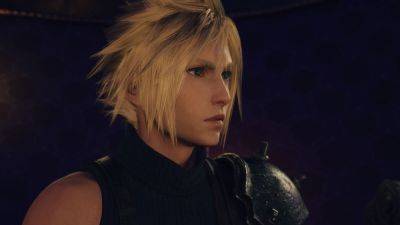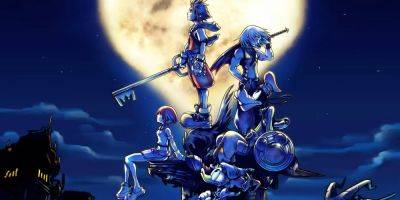Zelda: Tears of the Kingdom devs explain why it was a much bigger overhaul than you'd think
For many, The Legend of Zelda: Tears of the Kingdom is still seen as a kind of Breath of the Wild 1.5 — a half-sequel that builds on 2017's revolutionary hit but, in using the same Hyrule as its overworld, doesn't fully transform it into something new.
The Zelda developers at Nintendo would probably disagree. In a packed-out talk at GDC last week — which may go down as one of the conference's great talks of the last few years — technical director Takuhiro Dohta, lead physics engineer Takahiro Takayama, and sound programmer Junya Osada explained the complexity and sheer scale of the task at hand.
The goal, they said, was to take the two central ideas of Breath of the Wild — the notion of a «vast and seamless Hyrule» as one; the other its «multiplicative gameplay», where physics and chemistry combine to give you new solutions in-game — and expand on them. (As well as, crucially, enabling you to «dig holes,» a much-memeddesire of the series' legendary producer Eiji Aounouma.)
The guiding principle here was that «vast doesn't necessarily make a game fun», however, and hence that desire to expand on «multiplicative gameplay» with a new concept: «sticking two things together to make something new».
«When I first saw the prototype, I thought this was going to be a great game,» Takayama said, before deadpanning, «But I also knew: this was going to be very, very difficult.»
«I said to myself: are we really doing this? Development is going to be chaos,» he continued. «The more I thought, the more I worried. I realised that sometimes, it's important to have the courage to push forward.» Takayama then showed a montage of chaotically buggy clips from Tears of the Kingdom's early development. «As expected, the world fell apart.»
Switching to Japanese to explain the more technical aspects of the challenges ahead for the studio's physics team, Takayama explained through a translator that the studio's solution to these Ganon-level collapses of the world was to create an «entirely







